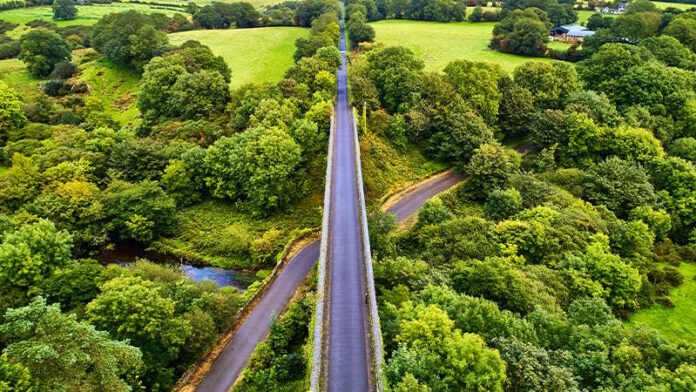
ALMOST a quarter of a million people have visited the Limerick Greenway since it opened to the public on July 1. The Greenway is Limerick City and County Council’s largest outdoor tourism amenity.
Connecting the towns and villages of Rathkeale, Newcastle West, Ardagh, Templeglantine and Abbeyfeale, this €10 million investment has provided a strategic piece of sustainable travel infrastructure and a tourism amenity, which will support local community development socially, culturally and economically.
Counters placed at strategic locations along the route show that 218,496 people visited the Limerick Greenway since it opened to the public.
The data collected shows that over 70 per cent were cyclists, and feedback from local hospitality businesses across the region at a very difficult time for the industry has been overwhelmingly positive.
The busiest day recorded was Sunday August 29, with 5,230 cyclists and pedestrians enjoying the Greenway.
Mayor of the City and County of Limerick Cllr Daniel Butler said: “These figures show that the Limerick Greenway has already become a hugely important amenity for the region and with locals and visitors alike remarking at how good the greenway is, its potential is unlimited.”
“Local communities along the Limerick Greenway have played an important role in its development and ultimately its success. Their passion and belief give the Greenway an authenticity that visitors can enjoy through the people who live here.”
“It is heartening also to note that we are not resting on our laurels with the Greenway but there are future plans for further development along the route.”
Gordon Daly, Director of Community, Tourism and Culture with Limerick City and County Council said: “This investment has provided a strategic piece of sustainable travel infrastructure and a tourism amenity, which will support local community development socially, culturally and economically. We will continue to develop and harness the potential of the Limerick Greenway for the betterment of all people in Limerick.”
Limerick City and County Council led the project with the support of the Department for Rural and Community Development, the Department of Housing, Local Government and Heritage, the Department of Transport and Fáilte Ireland.









